Goodyear Tire & Rubber Company has acquired Cooper Tire & Rubber Company following the public announcement earlier this year. Team ACI looks at the prospects of the unison as a subset of the global tyre industry.
Goodyear Tire & Rubber Company have concluded the acquisition of Cooper Tire & Rubber Company following the public announcement earlier this year, on February 22, 2021. Combining the brand portfolios, the acquisition is said to bring together two complementary brand portfolios with a comprehensive offering across the value spectrum. The development is expected to provide significant, immediate and long-term financial benefits. It is also expected to present an opportunity to create additional value from both manufacturing and distribution. It is also expected to aid in the expansion of scale to support investments in new mobility and fleet solutions.
Goodyear Tire & Rubber Company and Cooper Tire & Rubber Company, bring along complementary product portfolios, services looked upon as the creation of a stronger US-based leader in the global tyre industry. The combined company will offer more options across the value spectrum making it easier for customers and consumers to choose from the Goodyear- and Cooper-branded portfolios of tyres. Speaking of the acquisition, Richard J. Kramer, Goodyear Chairman, Chief Executive Officer and President said, “We are excited to officially bring Goodyear and Cooper together and unite our shared focus on customers, innovation and high-quality products and solutions. This combination strengthens Goodyear’s ability to serve more consumers globally and provides increased scale to support greater investments in new mobility and fleet solutions.”
The acquisition is expected to strengthen Goodyear’s leading position in the global tyre industry. The acquisition further strengthens Goodyear’s leading position in the U.S., while significantly growing its position in other North American markets. In China, for instance, the combination nearly doubles Goodyear’s presence and widens the access to local automakers. It also creates broader distribution for Cooper replacement tyres through Goodyear’s network of 2,500 branded retail stores. The combined entity is expected to have the opportunity to leverage the strength of Goodyear original equipment and premium replacement tyres, along with the mid-tier strengths of the Cooper brand, known to be particularly strong in the light truck and SUV segments. Opportunities for expansion of select Cooper facilities are expected to increase capital efficiency and flexibility. The additional revenue growth opportunities are expected to result from the addition of the Cooper brand to Goodyear’s global distribution network. In terms of increasing the scale to support investments in new mobility and fleet solutions, the combined company will offer tyre products and a broad selection of services through Goodyear’s relationships with traditional and emerging original equipment manufacturers; autonomous driving system developers; new and established fleet operators; and other mobility platforms. With complimentary business models, organisational structures and distribution channels, Goodyear will integrate the best of Goodyear and Cooper in order to benefit its shareholders, customers, consumers and employees.
In terms of providing significant, immediate and long-term financial benefits, Goodyear expects to achieve approximately USD 165 million in run-rate cost synergies within two years. The majority of the cost synergies said to be related to overlapping corporate functions and realising operating efficiencies. In addition, the combination is expected to generate a net present value of USD 450 million or more by utiliSing Goodyear’s available U.S. tax attributes. These tax attributes are expected to reduce the company’s cash tax payments, positioning it to generate additional free cash flow. The expected cost synergies do not include manufacturing-related savings. The acquisition is expected to be accretive to earnings per share within the first full year following closing, and modestly improving Goodyear’s balance sheet position. It enhances the company’s ability to de-lever too. ACI
Goodyear SightLine
The Goodyear Tire & Rubber Company launched a tyre intelligence solution for cargo van fleets, Goodyear SightLine. Aimed at enabling seamless, safe and reliable mobility for all vehicles starting with cargo vans serving the field service, construction and last-mile delivery industries, the solution will also be made available to Goodyear’s original equipment customers and emerging fleet and mobility providers. Initially, to be offered in North America and Europe, Goodyear SightLine uses sensors with cloud-based algorithms to communicate with fleet operators in real-time. The proprietary predictive maintenance technologies are claimed to help address the many challenges facing drivers and fleet managers today, including predicting breakdowns, minimising downtime and monitoring tyre pressure and wear for enhanced safety and more cost-efficient mobility. Chris Helsel, Senior Vice President, Global Operations and Chief Technology Officer, explained, “Much like smartwatches that monitor vitals like heartrates and oxygen levels, GoodyearSightLine’s tyre intelligence monitors the health of a tire.” “Goodyear SightLine takes the mystery out of understanding tyres and provides proactive
mobility insights to communicate when tyres need service or replacement,” he opined.
Goodyear is claimed to have accumulated billions of test miles on tyre solutions powered by GoodyearSightLine through pilot programs and with its launch is claimed to have established the groundwork for a connected-tyre future in which every tyre provides intelligence. The company has articulated its goal to have tyre intelligence in all new products by 2027. In case of future iterations, Goodyear SightLine technology will not only provide feedback on the tyre but also provide feedback on road conditions, enabling connected, autonomous mobility. Initial testing has shown integrating Goodyear SightLine technology into a vehicle’s control’s system can reduce stopping distance loss by 30 per cent.


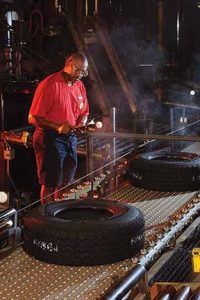
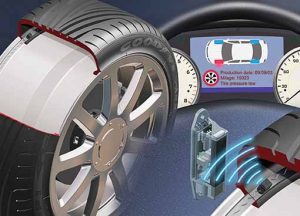
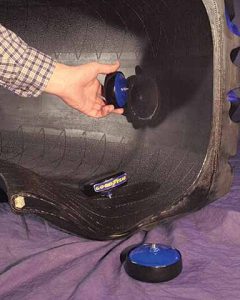
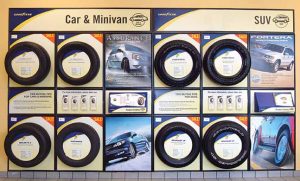

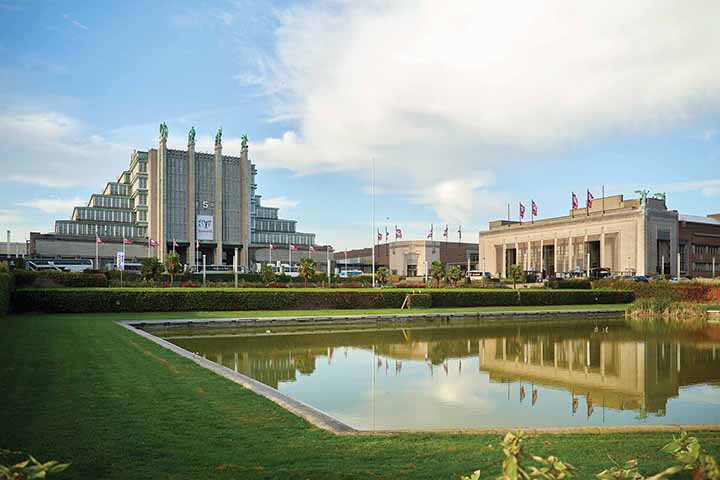
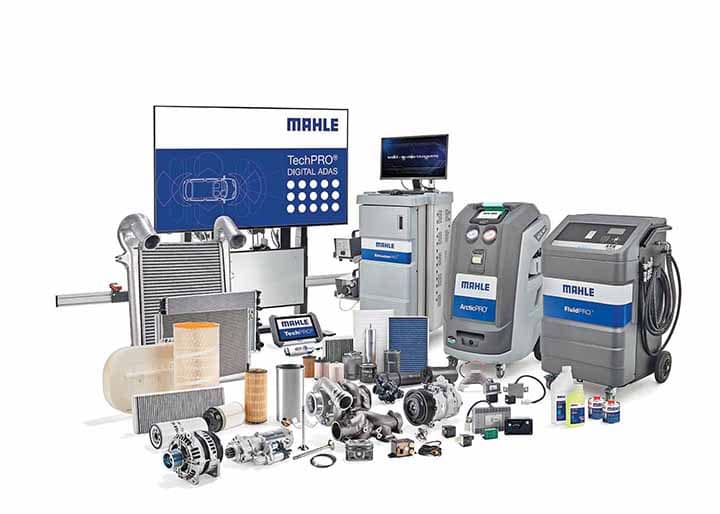



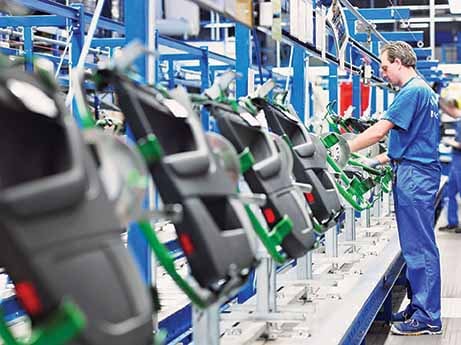
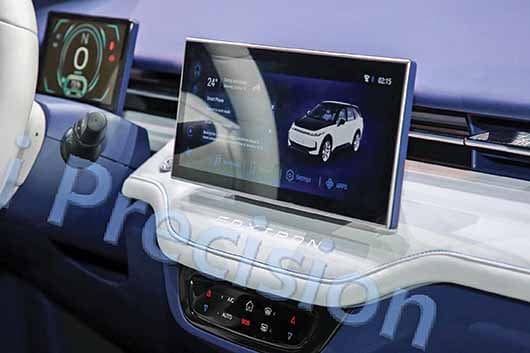
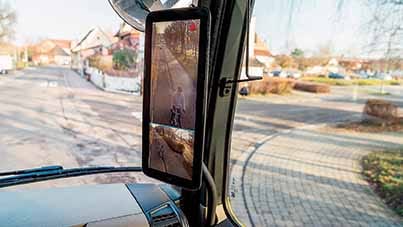
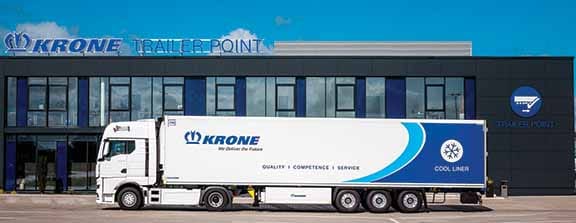

Leave a Reply